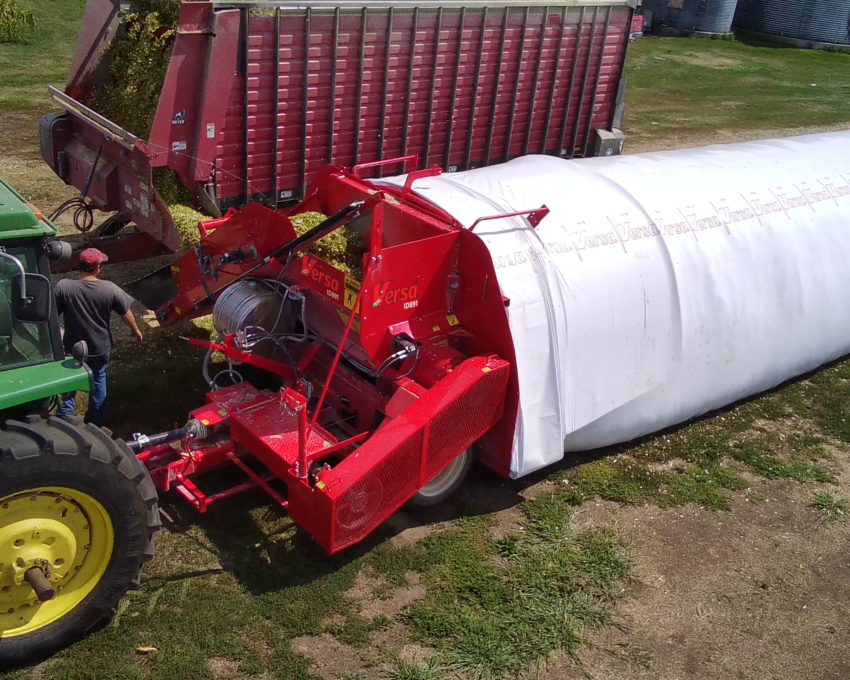The most fundamental beef cow feeding strategy remains the use of pasture, which is considered the lowest-cost feed resource. However, even operations that make full use of pasture must have a supplemental feeding strategy. This is where silage comes into play. Providing silage is generally considered essential to address nutritional deficiencies caused by seasonal variations, adverse weather conditions, or inadequate diets.
“With cattle, you don’t want to get caught in a drought and not have a feed bank. Supplemental bagged silage can make up for shortages and give cattle what’s needed for a proper diet,” says Kevin Huffman, owner, Huffman Farms in McGregor, Texas.
In 1999, Huffman decided to begin offering custom harvesting services for various crops like corn, milo, sorghum, wheat, grass, and swath. Today, the operation spans roughly 530 square miles, encompassing 4,200 acres of cropland, 1,800 acres of range land, and a herd of 170 beef cows.
According to Huffman, the challenge is that silage quality must be high to ensure a healthy response. While piles, pits, and bunkers are often used to store forage and silage, the quality can quickly degrade when exposed to air and the environment unless it is used promptly. Some estimates suggest spoilage and loss can amount to as much as 30%.
“As you open up a pile and expose it to air, it will begin to mold and deteriorate, so the quality of feed is going to go down fast,” says Huffman.
Bagging proves to be a more cost-effective method that offers greater nutrient yield per acre compared to any other approach for harvesting and storing feed.
Today, the process of creating bagged silage for cattle ranchers is relatively simple. Essentially, they back up a truck, dump the feed in, and start bagging. Capacities generally range from 2-5 tons per minute for side unloading wagons to higher capacity truck rear-end loading models that handle from 4-16 tons of bagged silage per minute.
According to Huffman, he has used a high-speed bagger from Versa for over ten years. High-capacity baggers like Versa’s ID1014, self-propelled, can be used to bag up to 14-foot diameter and 500 feet long bags.
“With our Versa bagger, we can pack everything we need, such as grasses, legumes, or alfalfa. We get it packed in and get all the air out. You want a big, nice smooth bag with no air pockets in there, so you are not going to have any mold or spoilage,” says Huffman.
For more information, call (800) 837-7288 or visit versacorporation.com.

